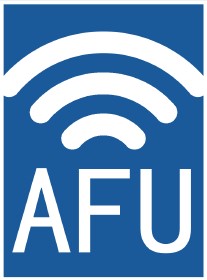Multiband Active Distributed Antenna System (DAS) is a technical system used to enhance the coverage of wireless communication networks.
System Composition
Main Unit (MU): It includes a chassis, an integrated power supply, a Fiber Optic Unit (FOU), and a radio frequency unit composed of Bidirectional Amplifier (BDA) cards. With a modular design, it can support up to 16 independent radio frequency inputs, 16 hubs, and 256 Active Remote Units (ARUs).
Fiber Optic Expansion Unit (Hub): It is used to connect the main unit and active antenna remote units to realize fiber optic transmission and expansion of signals.
Active Antenna Remote Unit (ARU): It has a compact design, facilitating installation. In the consumergrade signal booster mode, it supports 4 independent frequency bands, such as LTE 700MHz, Cell 850MHz, PCS 1900MHz, and AWS.
Working Principle
Radio frequency signals from signal sources (such as base stations and small cells of service providers) first enter the Point of Interface (POI) tray. The POI tray combines signals from different radio frequency sources, performs attenuation processing on downlink signals, and then transmits the signals to the main unit. The radio frequency module in the main unit further filters and amplifies the signals according to their frequencies, and distributes the signals to each active antenna remote unit through a series of uplink and downlink port pairs. The active antenna remote unit then amplifies the signals and transmits them through the antenna to achieve signal coverage in specific areas.
Main Features
Multiband support: It can support signals of multiple frequency bands.
Multioperator support: It can simultaneously support signal inputs from multiple operators.
Flexible architecture and scalability: It adopts a modular design, which is convenient for expansion and upgrading.
High signal quality: Through fiber optic transmission and active amplification technology, it can effectively reduce signal attenuation and interference, providing highquality signal coverage.
Application Scenarios
It is suitable for various scenarios, such as large buildings like office buildings, warehouses, campuses, and apartment buildings, as well as crowded public places like airports and stadiums. It can effectively solve problems such as insufficient indoor signal coverage and poor signal quality.

